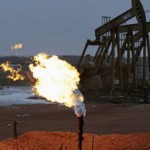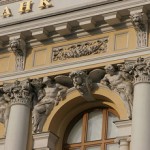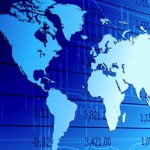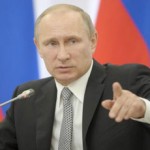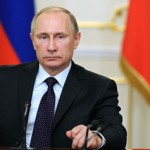Russia holds key rate at 11% as economy lags
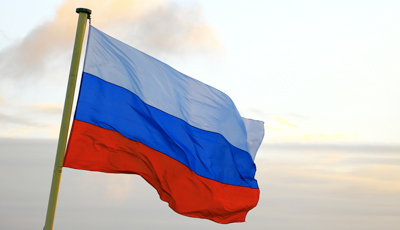
Russia kept its interest rate steady on Friday but announced it wouldn’t rule out tightening monetary policy if inflation risks rise, after a month in which the ruble dropped to record lows as oil prices deteriorated.
January marked a difficult month for the Russian economy, which saw its currency decline in near lockstep with the falling oil price, sending the ruble to fresh record lows of 85 rubles per dollar last week.
The ruble was trading near 75 to the U.S. dollar after the central bank’s first monetary policy decision of 2016.
“It seems pretty clear that policymakers have been spooked by the latest fall in oil prices and the ruble, which has caused the inflation outlook to deteriorate,” William Jackson, a senior emerging markets economist with Capital Economics told CNBC via email.
It was also the first time the central bank warned it may not be able to hit its inflation target by 2017, Jackson highlighted.
Russian inflation did retreat from 15 percent in December to 12.9 percent, but the headline rate is still far cry from the central bank’s 4 percent inflation target.
“It’s clearly difficult to predict interest rates in an environment where oil price movements make a significant contribution to the inflation outlook. Given the weakness of the economy it would probably take quite a lot to actually force the MPC (monetary policy committee) to raise rates,” Jackson added.
“Our sense is that, so long as inflation continues edges down and oil prices and the ruble stabilize, there may still be some room for rate cuts. But in so far as these do happen, they will come much later in the year, and be relatively small,” he said.
Interest rates have come down significantly since being hiked to 17 percent in December 2014, though today’s decision still leaves the bank off its November 2014 level of 10.5 percent.
And though Russian President Vladimir Putin famously declared the worst of the crisis over at his end-of-year press conference, analysts say there’s still some way to go.
In a research note released Wednesday, Chris Weafer, a senior partner at Macro-Advisory said the crisis will officially be over once we see oil prices stabilize above $35 per barrel, the ruble settle near 78, sanctions removed and a stabilization across wages, inflation and interest rates.
Some have gone so far as to predict a second year of recession for the country, after worrying data released Monday showed Russia’s gross domestic product contracted by 3.7 percent in 2015, much worse than the 0.6 percent growth tracked in 2014 but roughly in line with forecasts.
That was alongside a 4.5 percent annual drop in industrial production for December, a 15.3 percent plunge in retail prices from a year earlier, and an 8.7 percent fall in fixed investment.
Though unemployment has held steady at 5.8 percent, wage growth dropped a whopping 10 percent, which is likely to hit consumption levels.
There may be a brief respite for Moscow, though. Weafer wrote that he expects a temporary drop in inflation to less than 10 percent by the end of March, but warned consumer prices could rise again in the second quarter if the ruble travels north of 80 against the dollar.
Source: CNBC – Russia holds key rate at 11% as economy lags









